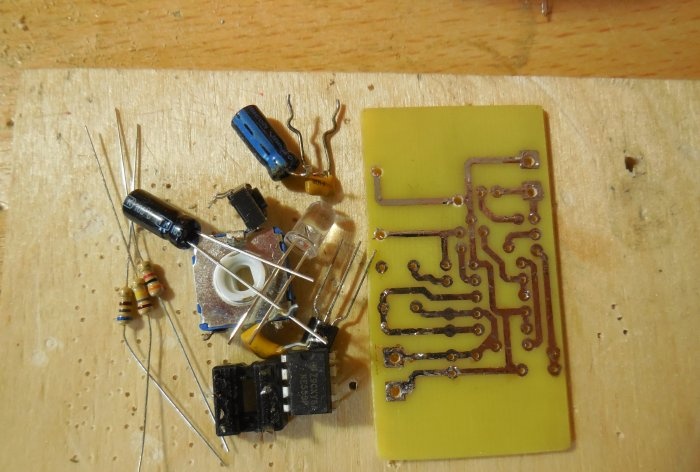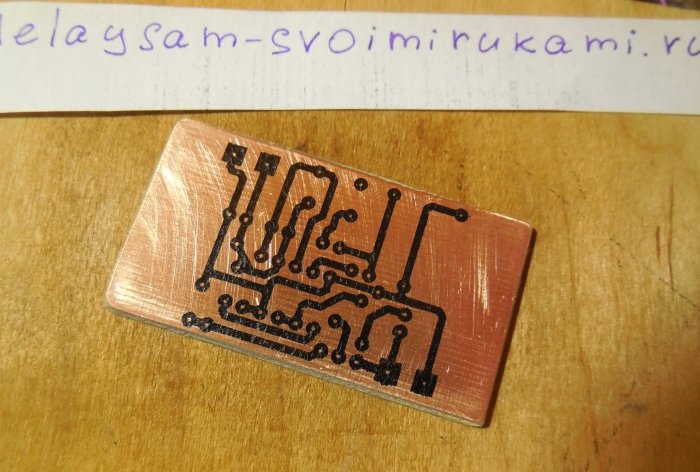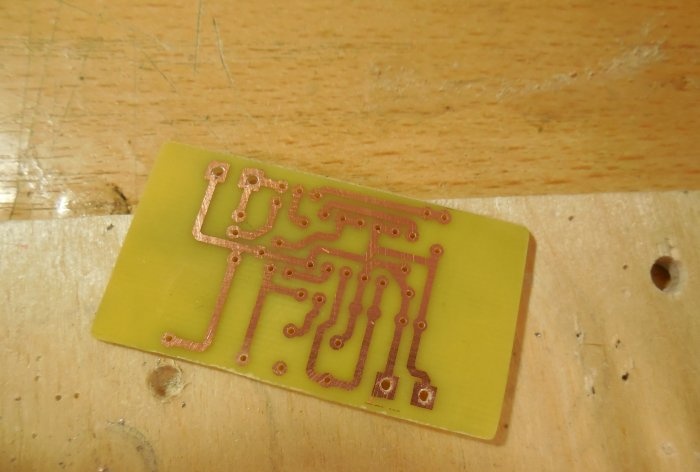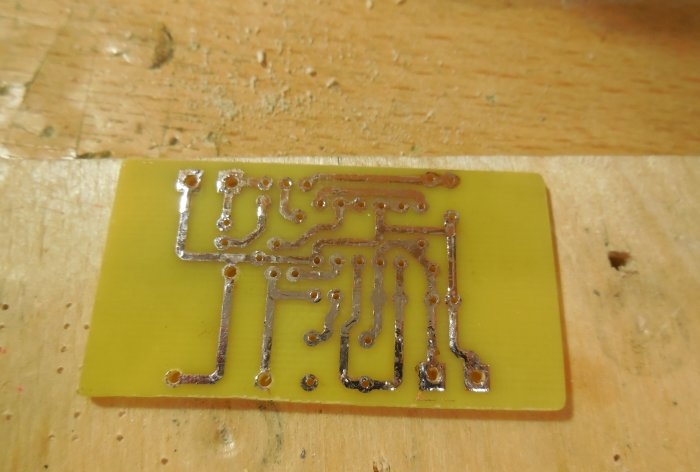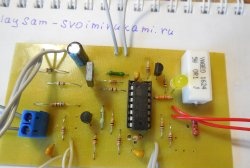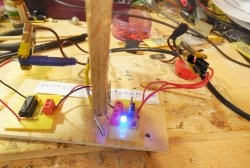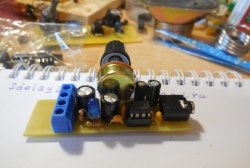Some people still use hourglasses to measure short periods of time. Watching the movement of grains of sand in such a watch is very exciting, but using it as a timer is not always convenient. Therefore, they are being replaced by an electronic timer, the diagram of which is presented below.
Timer circuit
It is based on the widely used inexpensive NE555 chip. The operating algorithm is as follows - when you briefly press the S1 button, a voltage equal to the circuit supply voltage appears at the OUT output and lights up Light-emitting diode LED1. After a specified period of time Light-emitting diode goes out, the output voltage becomes zero. The timer operating time is set by trimming resistor R1 and can vary from zero to 3-4 minutes. If there is a need to increase the maximum delay time of the timer, then you can increase the capacitance of capacitor C1 to 100 μF, then it will be approximately 10 minutes. As transistor T1, you can use any bipolar transistor of medium or low power n-p-n structure, for example, BC547, KT315, BD139.Any button for closing without fixing can be used as button S1. The circuit is powered by a voltage of 9 - 12 volts, the current consumption without load does not exceed 10 mA.
Making a timer
The circuit is assembled on a printed circuit board measuring 35x65, the file for the Sprint Layout program is attached to the article. The trimmer can be installed directly on the board, or it can be wired and a potentiometer can be used to adjust the operating time. To connect power and load wires, the board has spaces for screw terminals. The board is made using the LUT method, several photos of the process: Download the board:After soldering all the parts, the board must be washed from flux and the adjacent tracks must be checked for short circuits. The assembled timer does not need to be configured; all that remains is to set the desired operating time and press the button. A relay can be connected to the OUT output, in which case the timer can control a powerful load. When installing a relay in parallel with its winding, a diode should be installed to protect the transistor. The scope of application of such a timer is very wide and is limited only by the user’s imagination. Happy building!


